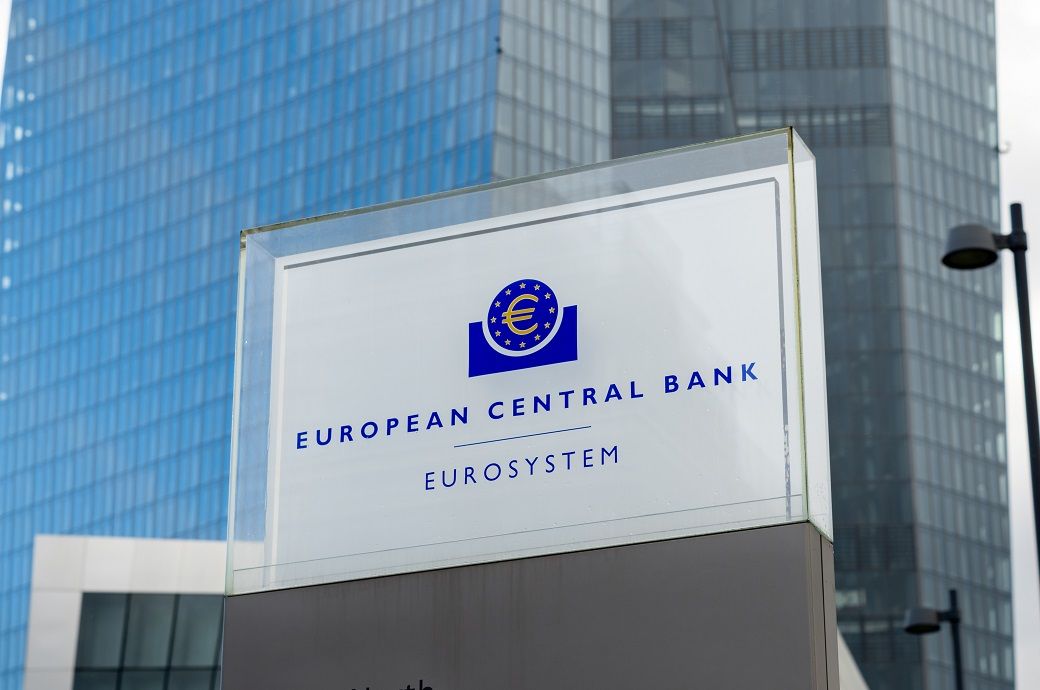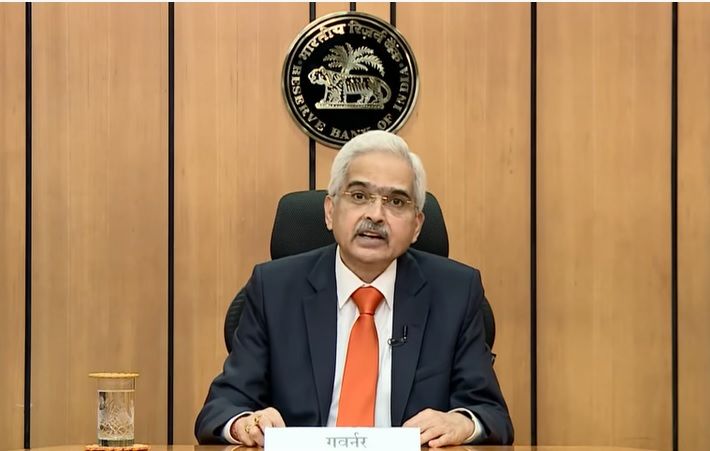RBI Governor Shaktikanta Das. Pic: Youtube/RBI
On the basis of an assessment of the current and evolving macroeconomic situation, the Monetary Policy Committee (MPC) of the Reserve Bank of India, the country’s central bank, at its meeting today has decided to keep the policy repo rate under the liquidity adjustment facility (LAF) unchanged at 4.0 per cent. Reverse repo rate will remain at 3.35 per cent.
Consequently, the marginal standing facility (MSF) rate and the Bank Rate will remain unchanged at 4.25 per cent.
The MPC also decided to continue with the accommodative stance as long as necessary to revive and sustain growth on a durable basis and continue to mitigate the impact of COVID-19 on the economy, while ensuring that inflation remains within the target going forward.
On the basis of an assessment of the current and evolving macroeconomic situation, the Monetary Policy Committee (MPC) of the Reserve Bank of India, the country’s central bank, at its meeting today has decided to keep the policy repo rate under the liquidity adjustment facility (LAF) unchanged at 4.0 per cent. Reverse repo rate will remain at 3.35 per cent.
The decisions of the MPC are in consonance with the objective of achieving the medium-term target for consumer price index (CPI) inflation of 4 per cent within a band of +/- 2 per cent, while supporting growth.
The MPC noted that inflation is likely to moderate in H1:2022-23 and move closer to the target rate thereafter, providing room to remain accommodative. “Timely and apposite supply side measures from the Government have substantially helped contain inflationary pressures. The potential pick up of input costs is a contingent risk, especially if international crude oil prices remain elevated. The pace of the domestic recovery is catching up with pre-pandemic trends, but private consumption is still lagging.”
“COVID-19 continues to impart some uncertainty to the future outlook. Measures announced in the Union Budget 2022-23 should boost aggregate demand. The global macroeconomic environment is, however, characterised by deceleration in global demand in 2022, with increasing headwinds from financial market volatility induced by monetary policy normalisation in the systemic advanced economies (AEs) and inflationary pressures from persisting supply chain disruptions,” the MPC noted in its outlook for the Indian economy.
Speaking on inflation, RBI Governor Shaktikanta Das said, “The CPI inflation trajectory has moved in close alignment with our projections. In particular, the softening of food prices is providing welcome relief. The improving prospects for food grains production and the expected easing of vegetable prices on fresh winter crop arrivals are adding further optimism. Moreover, the softening of pulses and edible oil prices is likely to continue in response to strong supply side interventions by the Government and increase in domestic production.”
“The hardening of crude oil prices, however, presents a major upside risk to the inflation outlook. Core inflation remains elevated at tolerance testing levels, although the continuing pass through of tax cuts relating to petrol and diesel last November 4 would help to moderate input cost pressures to some extent. The transmission of input cost pressures to selling prices remains muted in view of the continuing slack in demand. Further, as risks from Omicron wane and supply chain pressures moderate, there could be some softening of core inflation.
“On balance, the inflation projection for 2021-22 is retained at 5.3 per cent, with Q4 at 5.7 per cent on account of unfavourable base effects that ease subsequently. In particular, the CPI reading for January 2022 is expected to move closer to the upper tolerance band, largely due to adverse base effects. Taking all these factors into consideration and on the assumption of a normal monsoon, CPI inflation for 2022-23 is projected at 4.5 per cent with Q1:2022-23 at 4.9 per cent; Q2 at 5.0 per cent; Q3 at 4.0 per cent; and Q4 at 4.2 per cent, with risks broadly balanced,” Das added.
Fibre2Fashion News Desk (RKS)


:max_bytes(150000):strip_icc()/Health-GettyImages-1390356602-fb17810af630404bb794a952473f0d90.jpg)


